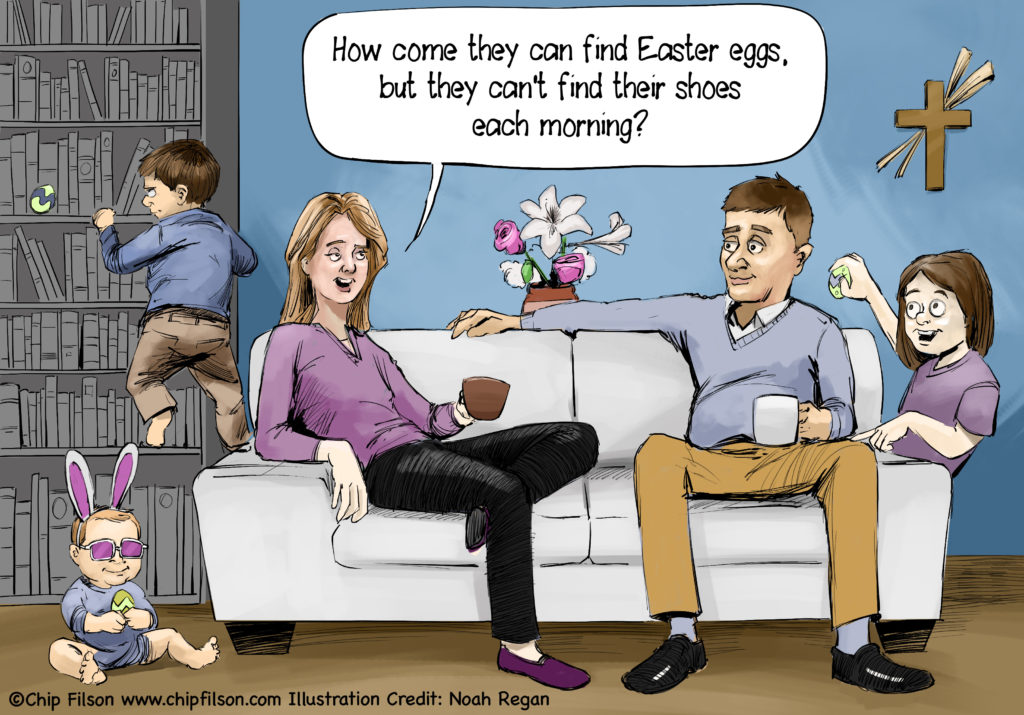NCUA’s email announcement came at 6:30 PM Friday evening, 3/26/21, after the credit union press had gone home. And weekend events might produce a different headline for Monday’s news cycle.
The Texas Credit Union Department had “taken possession of” the $106 million Edinburg Teachers Credit Union and appointed NCUA conservator.
Edinburg thus joins the $6.6 million Indianapolis Newspaper FCU conserved on January 15, 2021 for “unsafe and unsound practices” and CO FCU, at $4.6 million, taken over on January 6, 2021, without further explanation.
These credit unions are “locked up” with fellow inmates confined in 2020 and 2019: the $46 million Southern Pine, taken in June 2020, and the $3.9 billion Municipal Credit Union in New York, seized in May 2019.
Members Behind NCUA Bars
There are now over 608,000 credit union members behind NCUA regulatory bars in these five conservatorships. These member-owners have no say in their credit union and are given no plans for the future.
What makes Edinburg Teachers somewhat surprising is that the December 2020 call report shows net worth of 22%, ROA of .68% and share growth of 11.4%. Two numbers are outliers, however. The loan-to-assets ratio was only 14.6%, or 3.5% lower than one year earlier.
Average salary and benefits for 9 FTE’s was $223,372, a figure that would place the credit union in the upper 1% of all salaries.
But neither of those facts is new. A 2016 article on creditunions.com ranked the average salary of Edinburg as the 4th highest of all credit unions as of December 2015.
NCUA Prison
Some imprisoned credit unions are accused of committing unsafe and unsound acts. No such accusation in Edinburg’s incarceration.
As regulatory prisoners, the credit unions are prohibited from speaking to the public. NCUA refuses to provide any updates on their condition or priorities while under their control.
The only information that filters out is the quarterly report of financial health signs. These reports are often spare. Extraordinary increases are reported in provision expense or other miscellaneous category without explanation. For example, Southern Pine CU recorded an additional $10 million in operating expenses after being “saved” by NCUA in 2020.
Over 600,000 members now reside in this regulatory purgatory. They are told nothing about the institution they created with their loyalty. Their only solace is that the federal government promises to return up to $250,000 in shares, but not their credit union.
A Pattern of Silence Inconsistent with Public Duty
NCUA routinely covers its assumption of control using an “unsafe and unsound” blanket, or sometimes with no story at all. The agency policy as stated by its office of external and public affairs: Please note that notwithstanding key personnel announcements, we do not comment on our efforts or conditions related to conserved credit unions.
The moment the regulator exercises its most extreme authority, seizing the members’ institution, is when their conduct should be the most accountable. Both to assure the public and so that all credit unions can learn from whatever caused such a severe situation in the first place.
But instead, silence. One factor contributing to this regulatory “omerta” is that the problems that resulted in these takeovers are often long-standing and reflect deficiencies in the regulator’s examination and supervision process.
This is not a hypothesis. Four days before this latest conservatorship, an analysis gave examples in which NCUA’s examiners have been unable to see wrong doing happening before their eyes, for years, even decades. NCUA’s Most Important Function Needs Transparent ReassessmentWill Texas Set a Responsible Model for Regulatory Candor?
One potentially important difference in the Edinburg event is that the Texas Credit Union Commissioner had primary jurisdiction for this state charter. Texas credit unions are overseen by an independent board described as follows:
The nine-member Credit Union Commission is responsible for overseeing the activities of the Credit Union Department and serves as the primary point of accountability for ensuring that state credit unions function as a system.
The Commission is a board of private citizens appointed by and responsible to the Governor of Texas. Four members of the Commission must be individuals who serve as a director, officer or committee member of a Texas state credit union or a federal credit union with a principal office in Texas. The remaining five members of the Commission are representatives from the general public.
Commissioner John J. Kolhoff, an experienced state regulator and previously Michigan’s credit union supervisor, provided the following comment on Edinburg’s takeover: The Texas Credit Union Department remains focused on continuing our efforts to provide appropriate regulatory oversight of state-chartered credit unions. We work to ensure that the businesses within these industries are safe, sound, and entitled to the public’s confidence.
As the primary regulator, Commissioner Kolhoff can earn the public’s confidence with a frank account of what went wrong in this apparently strong credit union’s failure. Were there supervisory mistakes? Was there no board or governance oversight?
NCUA’s practice is to bury its examination failures or to hand the problem over to someone else to resolve. In contrast, the Texas Commission publishes on its website a Compact with Texans detailing is responsibilities and service standards.
Will the Texas Commission stand tall and fulfill its duty to the public and state credit union system? Or hide inside NCUA’s credit union lockup? This is not to assign blame but to improve professional leadership and accountability. And provide system awareness.
Most importantly, it is to show answerability to the members who have lost control of their cooperatively owned institution.
Tomorrow: How another regulator publicly evaluates its regulatory and exam oversight when problems occur.







